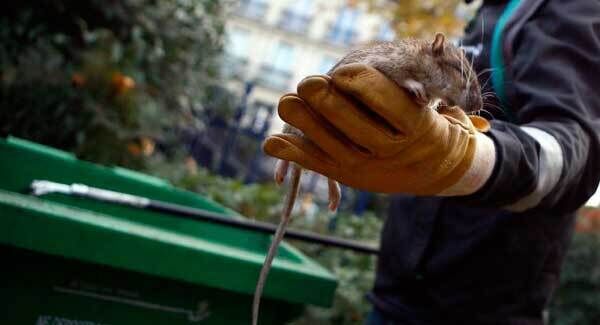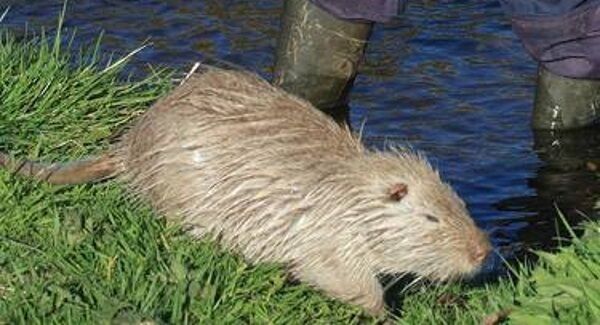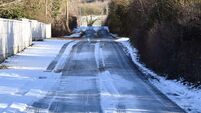The war of the rodents in Cork

When wheat and barley were domesticated in the East 11,000 years ago, mice began raiding grain stores and, as cereal farming spread westwards, so did the mice. We don’t know when the little rodents reached Ireland, but it seems they were here in Roman times. Mice dribble urine constantly as they move around and their droppings spread disease. Poisons, traps, cats and ultrasonic whistles have been deployed against them, to no avail.
Our next foreign invader was the so-called ‘black’ rat, which reached Ireland in the 10th Century. Today’s brown rats seldom enter homes but the black ones did; they even nested in bed clothes where people slept. When rats started to die in epidemics, their fleas moved onto people, carrying with them the bacterium responsible for the Black Death.
Another rodent from the East saved the day. Following the brown rat’s Genghis Khan-style blitzkrieg across Europe in the 18th Century, a civil war broke out with its cousin. The black rat lost out in the competition for resources. Such was the speed of the campaign that in 1774 Oliver Goldsmith, a small child when the brown one first arrived, declared that he had never seen a black rat; the species was gone from most of Ireland by then. Black rats still alight from ships and some may survive on Lambay, but it’s effectively extinct here. Though we loath the brown rat, we are indebted to it; there hasn’t been an outbreak of plague in these islands since it arrived.

Not all rodent are hated. Bank voles, thought to have stowed away in shipments from Germany during the building of Ardnacrusha power station, established themselves in Munster and continue to live there unmolested.
Another rodent, the red squirrel, is everybody’s favourite mammal. Exploited for its fur into virtual extinction in the 19th Century, Scottish reinforcements were brought in to help it recover. Numbers rose and the red squirrel prospered until, in 1911, an American cousin arrived. A bride was presented with a basket of grey squirrels on her wedding day in Castleforbes County Longford. Released to the wild during the nuptial celebrations, the alien guests began a conquest of the country. They have annexed most wooded areas east of the Shannon. All may not be lost, however; research at NUI Galway suggests that grey squirrels have met their match. Where pine marten numbers rise, grey squirrels begin to disappear and red ones return.
In 1927, aspiring fur-farmers imported musk-rats from North America. When the venture failed, these big semi-aquatic rodents were let loose in Tipperary and Clare. Largely vegetarian, the fugitives had little impact on other wild creatures. However, they burrowed into river-banks and irrigation ditches, raising fears of flooding. In 1933, the Oireachtas passed the Muskrat Eradication Act. Trappers set out that September and, by the end of October, about 300 of the undesirables had been killed. Within eight months, 487 had been despatched. The eradication programme succeeded.
Will similar measures be needed to deal with coypus, said to have escaped from a pet farm, living along rivers in County Cork? Commentators refer to coypu as ‘giant rats’, and the creature is known elsewhere as the ‘river rat’, but this South America native, with webbed feet, resembles a beaver.

A large rat might weigh half a kilo, a muskrat four times that but coypus can reach 9kg, equivalent to 18 rats. Like muskrats, they too burrow into banks and dams. Less tolerant of cold than the North American muskrat, a severe winter might eliminate them.













